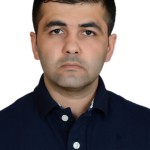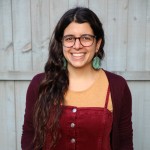
Research staff
Find out more about our research staff.
Research staff

Dr Sarmad Al-Gawwam
Research Fellow in AI & Multimodality Analysis in Sleep

Davide Berghi
Research Engineer in audio-visual AI

Gabriel Bibbo
Research Fellow in Sound Sensing

Craig Cieciura
Research Fellow A in Audio-Visual AI

Jake Cumber
Postgraduate Research Student & Research Assistant

Dr Thomas Deacon
Research Fellow in Design Research for Sound Sensing

Dr Arka Ujjal Dey
Research Fellow

Dr Farshad Einabadi
Senior Research Engineer

Dr Tarek Elsaleh
Research Software Engineer

Dr Edward Fish
Research Fellow in Computer Vision and Deep Learning

Sneha Hanumanthaiah
Research Software Engineer

Dr Tahir Hassan
Visiting Researcher

Dr Nimet Kaygusuz
Research Fellow in Vision-Based Localisation, Robotics and AI

Dr Mohamed Lakhal
Research Fellow

Dr Charles Malleson
Research Fellow in Computer Vision, CVSSP

Dr Violeta Menendez Gonzalez
Senior Research Software Engineer in AI in Media Production for CoSTAR National Lab

Dr Ozge Mercanoglu Sincan
Research Fellow in Computer Vision and Deep Learning

Asmar Nadeem
Research Fellow in Computer Vision, Spatial Audio

Dr Taran Rai
Data Scientist

Oline Ranum
Research Assistant and Ph.D. Student

Karahan Sahin
Research Assistant in Computer Vision and Deep Learning

Faegheh Sardari
Research Fellow in Computer Vision and Audio-Visual AI

Dr Arshdeep Singh
Research fellow in Generative Audio AI, King's College London (KCL); Visiting Researcher, CVSSP, Sustainability Fellow, University of Surrey
Peipei (Paul) Wu
Research Software Engineer
